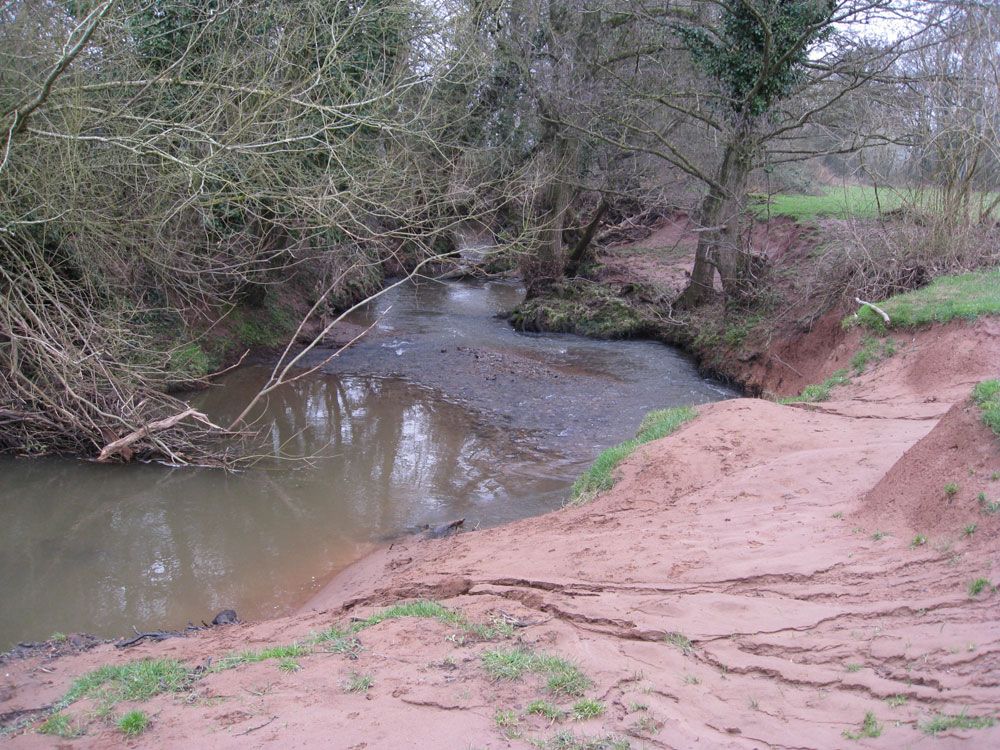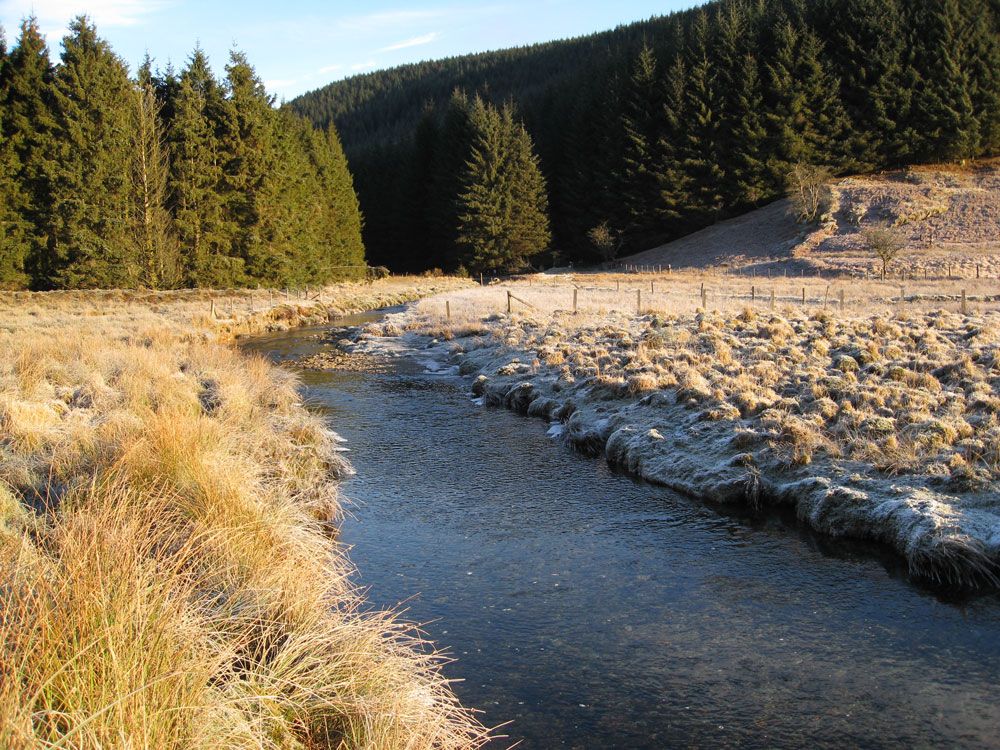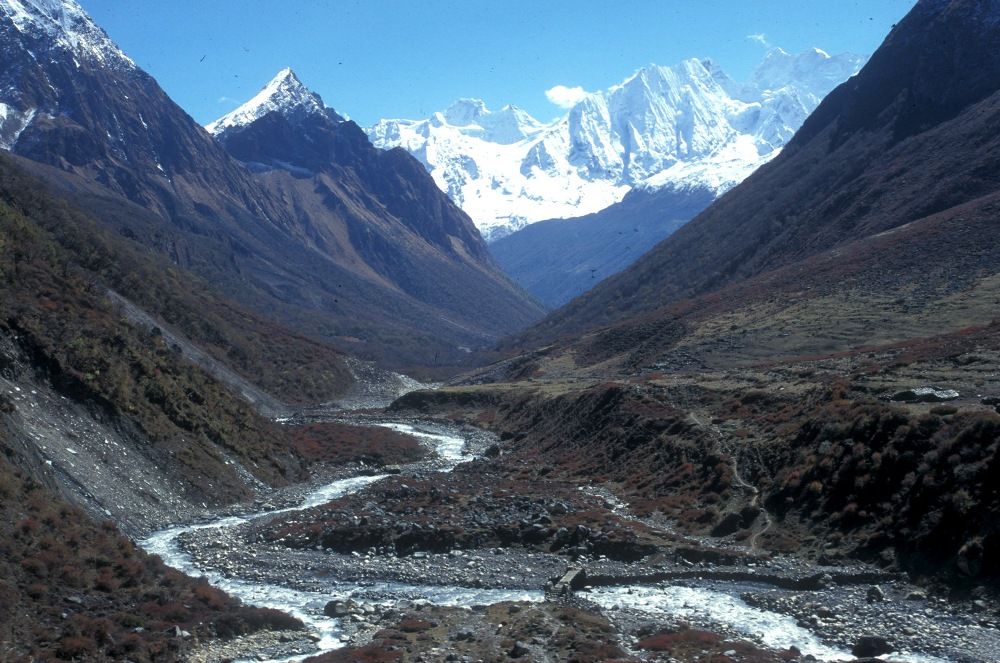Diatom Research
Dr Ingrid Jüttner, Research Curator Diatoms,
Department of Natural Sciences

River Usk catchment, stream affected by erosion

River Irfon catchment, acidified stream
Monitoring water quality
The presence of certain diatom species can indicate quickly that water quality is compromised by high acidity, high levels of nutrients, the presence of pollutants or an excessive burden of silt. Such impacts can make freshwater habitats unsuitable for plants, insects, amphibians and fish.
We use diatoms to assess ecological status of freshwaters as required by the Water Framework Directive (WFD). In the catchments of the River Wye and Usk we regularly monitor whether streams achieve the desired ‘Good Ecological Status’. Currently this work is undertaken as part of three projects led by the Wye and Usk Foundation: ISAC – Irfon Special Area of Conservation Project (2010-2013), WHIP2 – Wye (Herefordshire) Improvement Project (2012-2015) and MOAT – Monmouthshire, Olway and Trothy Project (2012-2014). http://www.wyeuskfoundation.org/projects
Diatom Flora of Britain and Ireland
The freshwaters and seas of Britain and Ireland have a rich diatom flora. This has been explored by professional and amateur researchers for more than 200 years. Today, reliable identification requires a good knowledge of a vast and scattered literature. We will clarify outstanding problems of taxonomy and nomenclature, and bring together scattered resources in one place. The project aims to make all results, held in a newly designed database, freely available online, as well as publishing them in scientific journals. Initially we focus on species which are important in assessment of water quality, and on rarely reported species which live in habitats of conservation interest.
Collaborators: The Natural History Museum, London; Royal Botanic Garden Edinburgh; Bowburn Consultancy; University College London
Taxonomy, ecology and biogeography of diatoms from subaerial habitats
The project studies diatom diversity and biogeography in subaerial habitats (damp rock faces, soil and mosses) of nordic and alpine geographical areas. It is likely that, due to climate change, these habitats will alter substantially and this will have major consequences for their biological communities and species distribution.

Manaslu area of Nepal. Diatom diversity in Nepalese freshwater ecosystems.
Diatom biodiversity of Nepal
Ecological and taxonomic studies of diatoms in Nepal have been conducted since 1993 and include investigations on streams, rivers, lakes, ponds, springs and subaerial habitats from the tropical lowlands to the high Himalaya. A large scale investigation of stream diatoms extended over a 900 km east-west range and over an altitude gradient of more than 4000 m in the Himalaya of Nepal and north-west India. So far 15 new diatom species and one new genus were described and diatom assemblage change related to major environmental gradients. Current work includes taxonomic and ecological studies on cymbelloid and monoraphid diatoms and on the diatom flora of the Gokyo Valley, Everest National Park, the Annapurna Conservation Area and the Langtang National Park.
Collaborators: Kathmandu University, Aquatic Ecology Centre, Dhulikhel, Nepal; The Natural History Museum, London; National Botanic Garden of Belgium, Meise; St. Cyril and Methodius University, Skopje, Macedonia; Cardiff University, School of Biosciences.